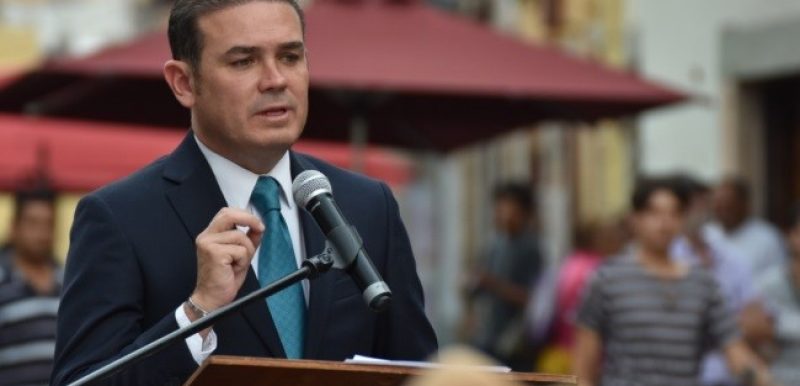Guanajuato, Mexico
General Information
Administrative status
Capital of the State of Guanajuato
Historic city of Guanajuato and adjacent mines
Registration Year
1988
Historical function
Mining
Location and site
Guanajuato is located in Mexico’s interior, northeast of Mexico City. It is situated in a basin of the western Sierra Madre.
Urban morphology
Guanajuato, situated at 2,000 m. above sea level, developed from its four original centers, which became separate neighborhoods linked by a sinuous artery that follows the narrow valley. Its spontaneous plan, which opens onto small squares and adapts as required to the topography, distinguishes itself from the plans of other cities of the New World because it lacks an orthogonal grid. In the middle of lush green hills, the monumental architecture of this little mining town, most of which is religious, is either Baroque in style (Notre-Dame Basilica, dating to the end of the 17th century, and the Church of San Francisco), or Churrigueresque (the Church of the Compañia of the 18th century). The numerous squares and the cobblestone streets, embellished with cast iron lanterns, are lined with whitewashed and brightly colored houses.
Registration criteria
Criterion (i): Guanajuato possesses several of the most beautiful examples of Baroque architecture in the New World. The churches of La Compañía (1745-1765) and above all La Valenciana (1765-1788) are masterpieces of the Mexican Churrigueresque style. In the field of the history of technology, Guanajuato may also pride itself on unique artistic achievements such as the “Boca del Infierno”, 12 meters in diameter that plunges a breathtaking 600 meters.
Criterion (ii): The influence of Guanajuato was felt in the majority of the mining towns of northern Mexico from the 16th to the 18th centuries. Though more modest due to the tardy appearance of the process of industrialization, Guanajuato’s place in world technological history is nonetheless far from negligible.
Criterion (iv): Guanajuato is an outstanding example of an architectural ensemble that incorporates the industrial and economic aspects of a mining operation. Just as the major 18th-century hydraulic works are inextricably linked to an urban topography determined by the confines of the river path and mineral outcrops, so the Baroque buildings are directly linked to the wealth of the mines. The church of La Valenciana and the Casa Rul y Valenciana were financed by the most prosperous mines. The more modest operations of Cata and Mellado also boasted churches, palaces, or houses located near the mines or in the town.
Criterion (vi): Historic Town of Guanajuato and Adjacent Mines is directly and tangibly associated with world economic history, particularly that of the 18th century.
Historical reference
- Guanajuato, formerly known as Cuanaxhuata, was conquered in 1529 by the Spanish. When they discovered veins of silver on four sites – Marfil, Tepetapa, Santa Ana, and Cerro del Cuarto – they quickly built fortifications to protect them. These four sites formed the city known as Guanajuato today.
- In the 18th century, with the decline of the Andean city of Potosi, Guanajuato enjoyed a period of prosperity. It was the first center of silver mines in the world and the decoration of the churches was financed by the owners of the mines. Until the end of the 19th century, the city flourished thanks to its mines.
- The 19th century was aggravated by civil and foreign wars, as well as other setbacks. Despite efforts aimed at reform, the authority of the State was increasingly questioned. After Spain was shaken by a crisis in 1808, Mexico revolted in 1810. The first major battle took place at Guanajuato, and Mexico’s independence followed in 1821.
Photos
News
7 October 2019
Mayors&Heritage Interviews: Mr. Mario Alejandro Navarro Saldaña
Guanajuato, Mexico
Mayors&Heritage
Contact
Sra. Samantha Smith
Presidenta Municipal
Municipio de Guanajuato
Plaza de la Paz No. 12 Colonia Centro
Guanajuato, Guanajuato, México
36000
+52.473 732 12 13, 732 04 22 y 732 06 79
[email protected]
Sr. Jesús Antonio Borja Pérez
Asesor del Municipio de Guanajuato
Municipio de Guanajuato
473 11 555 77
[email protected]




